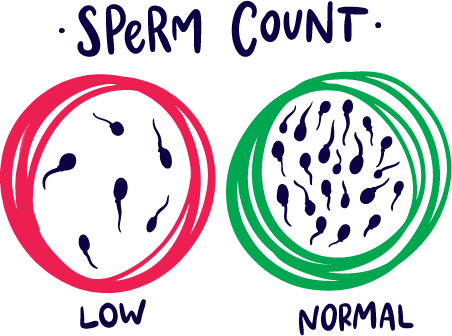

Parental socio-economic background on the other hand can influence their children’s life course, including fertility patterns, indirectly through opportunity structures (Bengtson 1975). 1987 Murphy 1999 Murphy and Knudsen 2002 Murphy and Wang 2001), and it has been suggested that socialization plays an important role in explaining this correlation (Barber 2000, 2001). A consistent finding in demographic research is that the family size of origin is correlated with men’s and women’s own fertility later in life (Anderton et al. Such family background influences can be both direct and indirect. Both the family composition during childhood and the values acquired from parents have been linked to subsequent fertility behaviour and attitudes (Barber 2001 Cherlin et al. Research consistently found that the family background has important implications for future childbearing patterns. We conclude that the position in the family of origin can be seen as an additional factor that influences fertility, although effect sizes are rather small. The number of siblings is more positively associated with completed fertility for firstborn than for later-born individuals. Parity transitions indicate that later-born women are less likely to have two or more children, while no overall gradient for men can be found.

Results show that higher birth order has a negative effect on completed fertility for women hence, earlier-born women show overall higher fertility than later-born women. To study the direct effect of birth order on fertility, sibling comparison models are applied, while to analyse the joint effect of number of siblings and birth order, the sample was stratified by birth order.

Our data consist of all fully biologically related siblings in Sweden whose mothers were born between 19 (the younger generation is born primarily in the 1940s, 1950s and 1960s N = 1,472,813). Administrative register data are used to investigate how birth order affects completed fertility, how the number of siblings and birth order jointly affect completed fertility, and in both cases if there are gender differences in these relationships. This study examines how the sibling constellation in childhood is associated with later fertility behaviour of men and women in Sweden.


 0 kommentar(er)
0 kommentar(er)
